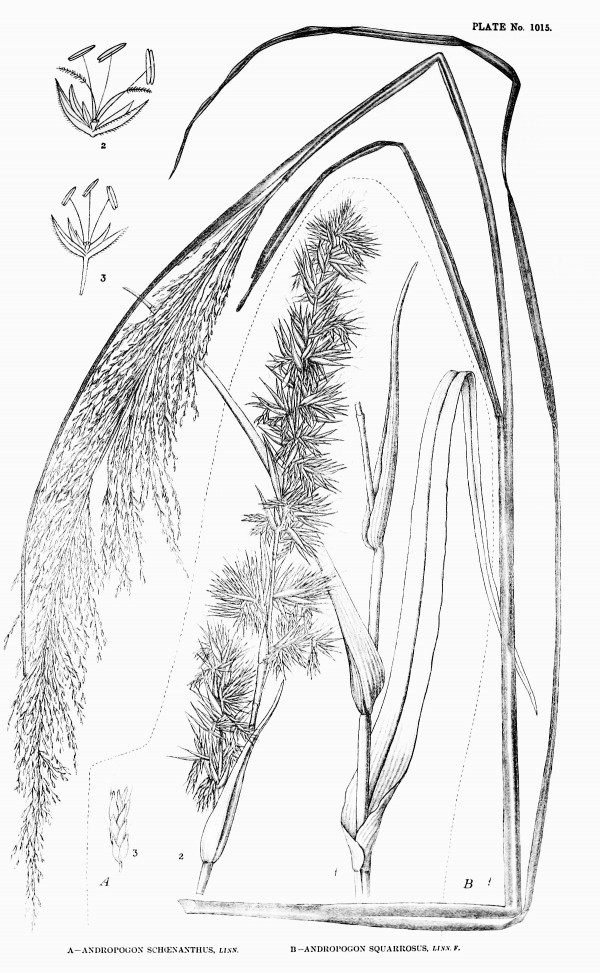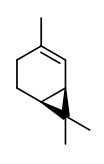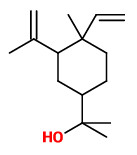Cymbopogon schoenanthus (L.) Spreng. - Poaceae - camel grass, geranium grass, camel hay, Kamelgras
Perennial grass, up to 80cm high, native to northern and tropical Africa, western Asia; leaves linear, curved, fragrant. „The inflorescence is contracted at the base, becomes looser towards the end and is protected by a
distinctive spathe. Each spike contains a single flower. Between the spikes, several characteristic small whitish hairs appear. The roots have a pleasant aromatic smell… It is used for anorexia; it is astringent, carminative, diuretic, emmenagogic, febrifugal, gastralgic, rheumatismal and sudorific. It is also used as a poultice to cure dromedary wounds… Cymbopogon schoenanthus straw was used in the Sahara to fill mattresses. In the Haouz region of Morocco, an infusion of the flowers and the whole plant is febrifugal, diuretic, antirheumatismal and antigastralgic. In Egypt, similar uses are reported: febrifuge, antirheumatic, poultices for camel wounds. It is also thought to be emmenagogic, astringent, carminative and sudorific.“
http://www.uicnmed.org/nabp/database/HTM/PDF/p29.pdf
Major components of essential oil of C.schoenanthus from Burkina Faso were piperitone (42.0%), δ-2-carene (8.2%) and elemol (6.2%).
[Chemical Composition and Physical Characteristics of the Essential Oil of Cymbopogon schoenanthus (L.) Spreng of Burkina Faso., Yentéma, O., Alioune, O., Dorosso, S.A., J. Appl. Sci, 7, 2007, 503-506] http://www.docsdrive.com/pdfs/ansinet/jas/2007/503-506.pdf
„…the essential oil evaluated for antimicrobial activity against the pathogenic strains of gram positive (B. cereus, B. subtili, E. faecium, E. faecalis, L. monocytogens, S. aureus,) and gram negative (A. hydrophila, E. coli, E.coli O157:H7, P. aeruginosae, S. typhimurium, K. pneumoniae, P. mirabilis) bacteria, was found to be active against all of the bacterial strains except P. aeruginasae.“
[Screening of the antimicrobial properties of the essential oils of Cymbopogon schoenanthus., Khadhri, A., Mokni, R.E.I., Araújo, M.E.M., Tropical Journal of Medical Research, 15(2), 2011, 32-34]
„Kétoh et al. identified a chemical composition of the essential oil of Cymbopogon schoanenthus leaves of Togo
and the major components of this essential oil (piperitone 68.0%, δ-2-carene 16.48%) were similar to those (piperitone 60.0%, δ-2-carene 15%, elemol 8.4%) identified by Ayedoun et al. in Benin… the analysis of results presented in the tableIIindicates that theabundant components identified in the essential oil of
Cymbopogon schoanenthus collected at Boukoumbé are piperitone (62.9%), δ-2-carene (14.4%), elemol (5.0%).“
[Chemical Compositions and Physico-chemical Properties of Three Varieties Essential oils of Cymbopogon giganteus Growing to the Spontaneous State in Benin., Noudogbessi, J.P., Alitonou, G.A., Djènontin, T., Avlessi, F., Figueredo, G., Chalard, P., Sohounhloue, D.C.K., Orient. J. Chem, 29(1), 2013, 59-67] http://www.orientjchem.org/dnload/JP-NoudogbessiCsupE1C2FsupE-GA-Alitonou-T-DjegraveBnontin-F-AvlessiG-Figueredo-P-ChalardCsupEC2FsupE-JC-ChalchatCsupE4C2FsupEnbspBand-DCK-Sohounhloue/OJCV029I01P59-67.pdf

A 1-3: Cymbopogon schoenanthus (L.) Sprengel as Andropogon schoenanthus L.
Kirtikar, K.R., Basu, B.D., Indian medicinal plants, Plates, vol.5 t.1015, fig.A (1918)
http://plantillustrations.org/species.php?id_species=305558


